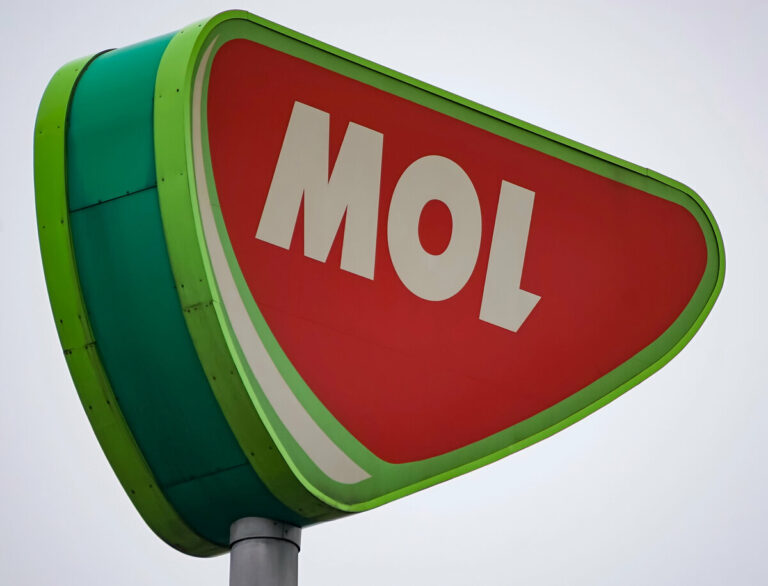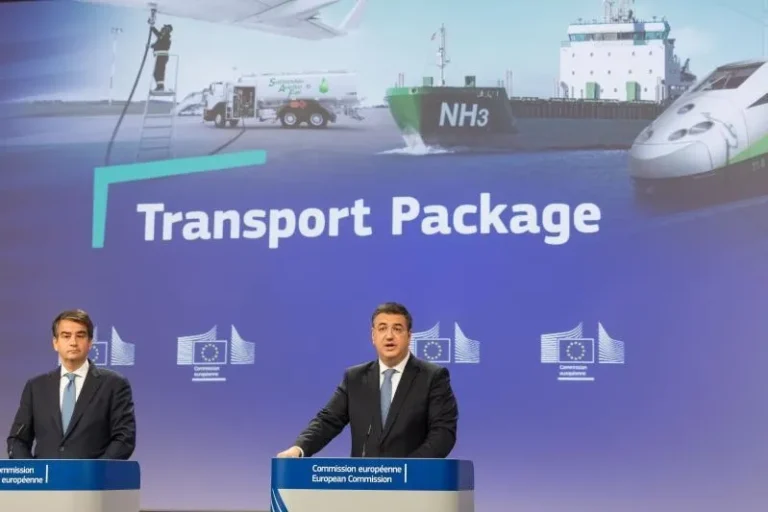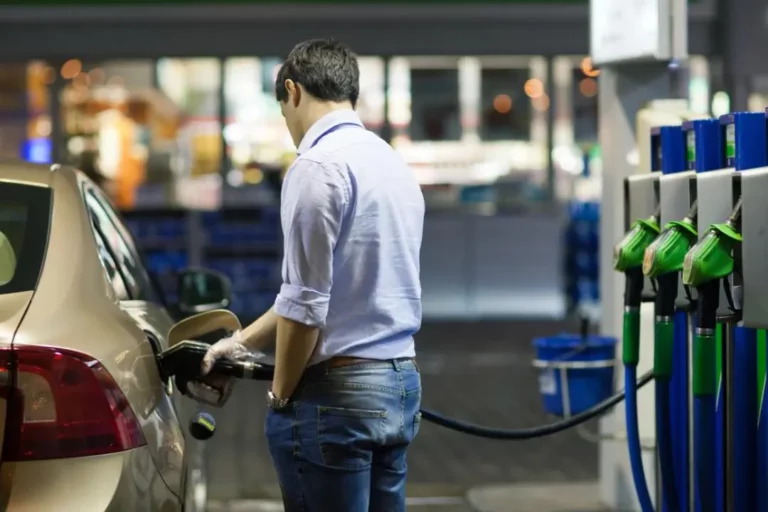fuel
Hungarian oil and gas giant MOL: Russian oil essential

EU approves new transport package – what it means for you

Hungary faces sharp fuel price increases – here are the reasons why

Fuel supply disruption at Budapest Airport: could flights be affected?

Austrian man caught in Hungary with bags of cannabis after failing to pay for fuel – photos

Shocking: Severe fuel shortage in Russia, kilometre-long lines at gas stations

Romania’s attempt to lower deficit: Taxes surge, fuel prices spike, and free healthcare benefits slashed

Warning, travellers: Fuel supply issues cause disruptions at Budapest Airport, here’s what to expect

Petrol prices on the rise: Hungarian fuel prices may hit record highs this summer!

Hungary and its neighbors: where are fuel prices cheaper right now?

Black gold: MOL unveils promising oil field in Hungary

Hungary announces largest fuel price drop of the year

Fuel prices will continue to decrease in Hungary

Another threat: Orbán cabinet may reintroduce fuel price caps

Will the price of fuel fall in Hungary? Major tax cuts demanded

Hungary’s economic outlook for 2025: here’s what experts have to say on inflation, forint exchange rate

Hungarian oil and gas giant MOL will introduce new fuel types

Surprising: are Hungarian fuel prices really competitive in the region?





 ZH
ZH IT
IT DE
DE HR
HR NL
NL FR
FR JA
JA RO
RO RU
RU ES
ES TR
TR
